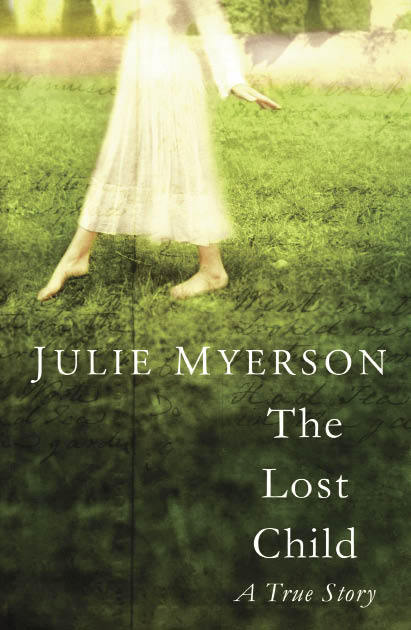‘I’m sick of this story of yours, this idea that it’s about drugs. If you want that to be the story then go away and write one of your f***ing novels about it, OK?’ says the angry son towards the end of The Lost Child, which goes nowhere slowly, despite the rollercoaster ride of publicity it has received.
It is hard not to think that the boy has a point. Why didn’t Myerson do the decently indecent thing and write a novel? Plenty of writers — good writers — make little up, but nontheless deploy the mask of fiction which also provides protection for traduced parents, children, lovers and friends of the nightmare novelist. Perhaps Myerson is professional enough to know when not to write a novel. In this instance, there is the inconvenient fact that there is no story. Instead, we get a series of anguished vignettes of her dope- smoking son that interrupt a failed attempt to uncover a story about an early-19th-century girl, Mary Yelloly, who made up a Picture History of a family of minor gentry. Myerson finds this album of watercolours and captions in the room of a Mayfair book dealer, and flicks through to the end where a pencilled note in another hand tells her that Mary Yelloly died in 1838, aged 21.
‘My heart turns over. You died.’
This meaningless present-tense portentousness sets the tone as Myerson embarks on a trail of houses and graves which no longer exist and Yelloly descendants who treat her with blandly uniform kindness. Her glosses are filled with soppy presumption: on the Yelloly parents, married in 1806, ‘They quickly set about making ten children. What a consolation it must be for them, to create this bursting, joyous family.’ There is no evidence that Mary’s sister’s seven-month marriage was particularly happy, but this doesn’t stop Myerson referring to her ‘achingly lengthy widowhood’. Indeed the amorous effects of brass on the English middle class in Regency England don’t get a look-in, even when the clues fall thick and fast — as, for instance, when the suitors are discovered to have moved between sisters.
Perhaps it’s the boy’s fault. He smoked too much skunk and dropped out of school and was kicked out of home. Earlier he starred in ‘Living with Teenagers’, a startlingly good column which ran for two years in the Guardian. It would have been intriguing to read a book in which the author of ‘Living with Teenagers’ attempted to confront the unhappy relationship between life and copy. But in The Lost Child Myerson doesn’t even acknowledge, let alone examine, her weekly habit.
Last week the boy described his mother’s behaviour as ‘obscene’; in the book he provides a happy ending by consenting to the publication. It is a happy ending because The Lost Child is not really about a teenage boy. It’s about a writing mother compelled to tame the chaos of family life with words. In one of the book’s very few haunting images Myerson describes how, if she refuses to give the boy any money, ‘he sits on my study floor, his whole body blocking the door, his eyes on my face, smiling because he knows I won’t be able to write a word.’ No wonder she paid him to be able to use his poems.






Comments